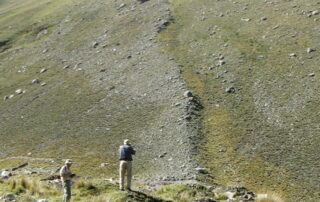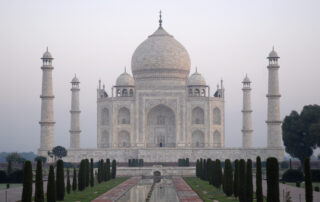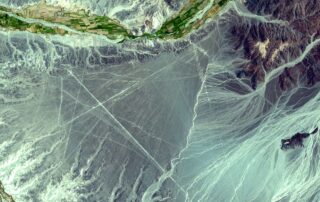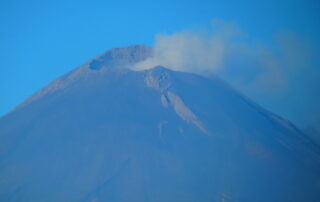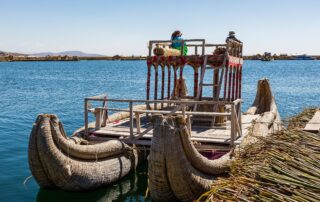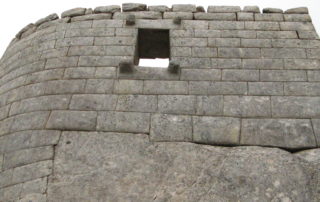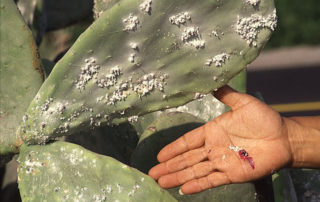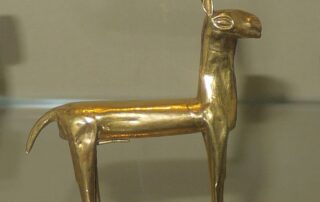Did an Earthquake Trigger the Chavín Collapse?
Earthquakes have destroyed settlements and wreaked havoc on societies throughout human history. In my soon-to-be published book, "The Monumental Andes", I speculate that a major earthquake, perhaps combined with disastrous effects from El Nino weather patterns, could have contributed to the downfall of the Chavín culture that once flourished in the Cordillera Blanca region of modern northern Peru.
